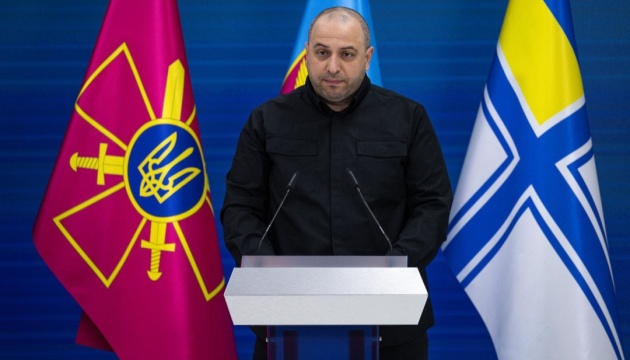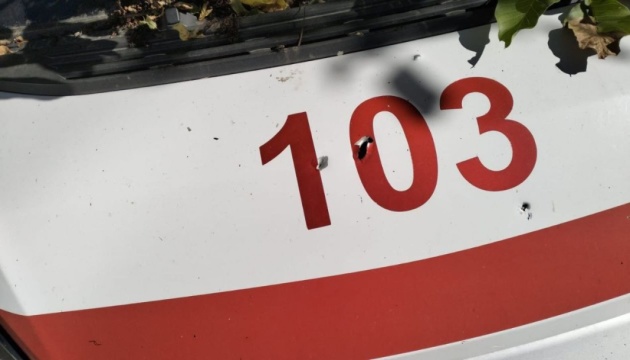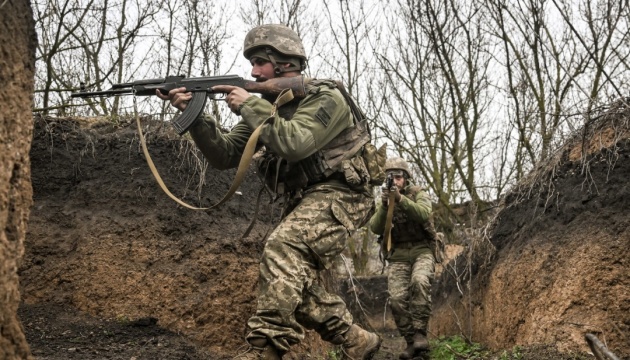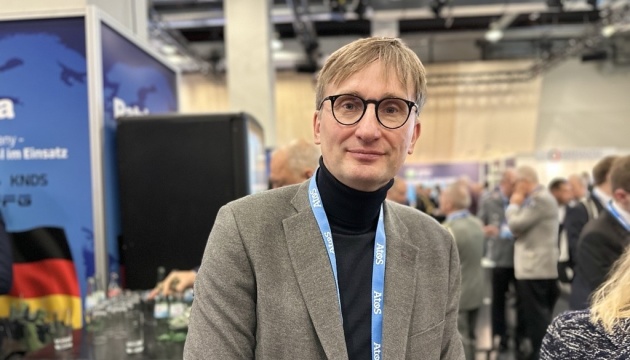Coordination Headquarters: Youngest Ukrainian returned from Belarus is 18, oldest is 58
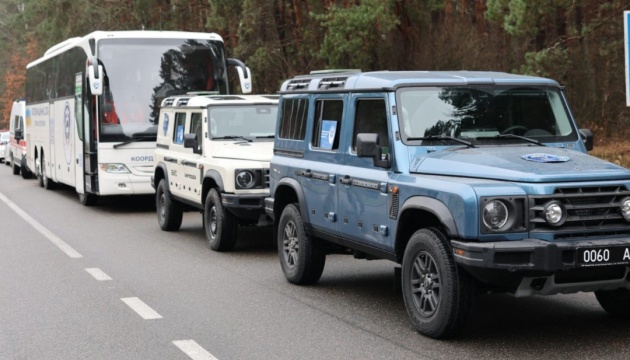


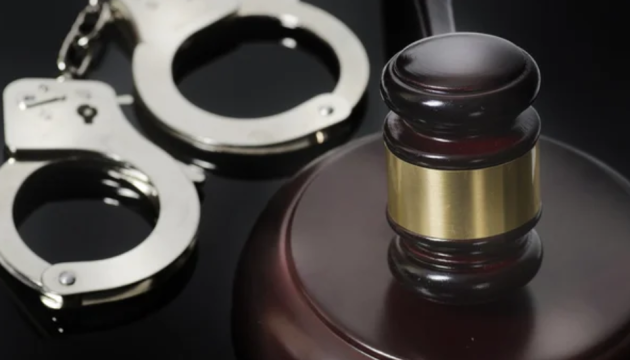





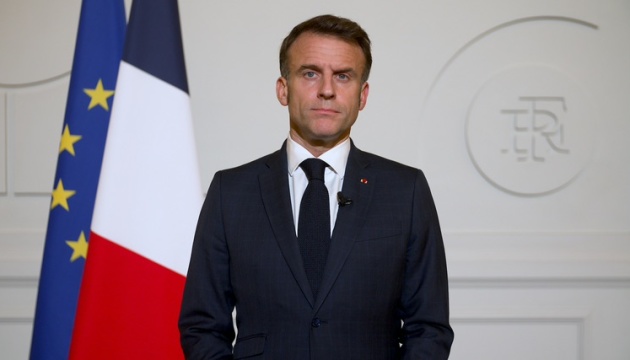

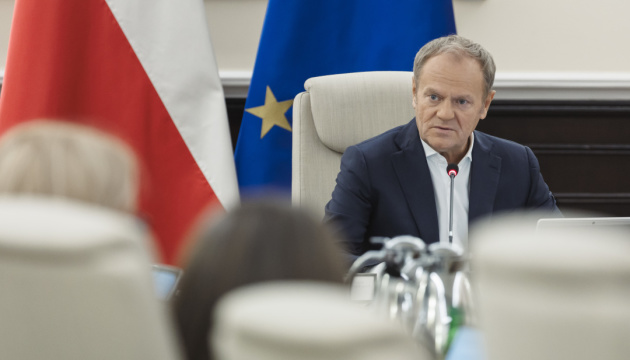

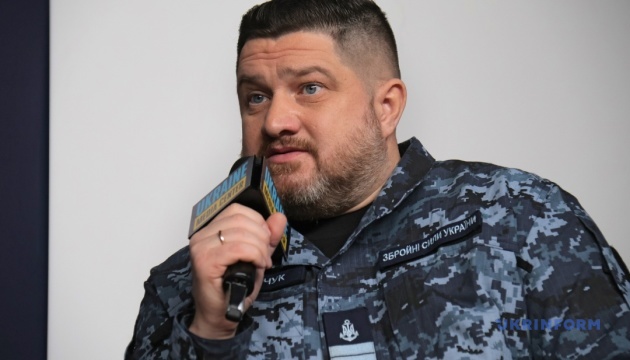


Strictly Come Dancing star Nikita Kuzmin was visibly emotional as his family watched from the audience during the Blackpool special on Saturday (22 November).

© BBC







Editorial: With the US pushing Zelensky to accept a flawed peace deal, Britain and Europe must help Ukraine stand strong – and Starmer is doing just that

© AFP/Getty
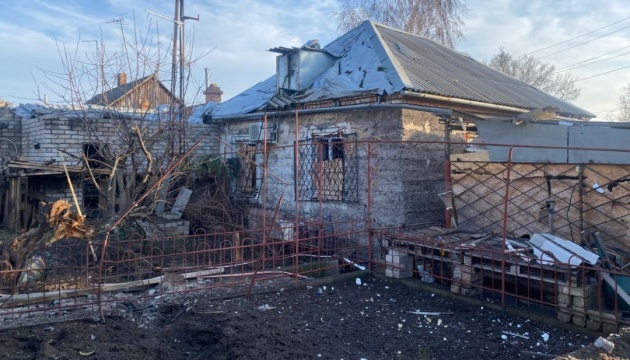

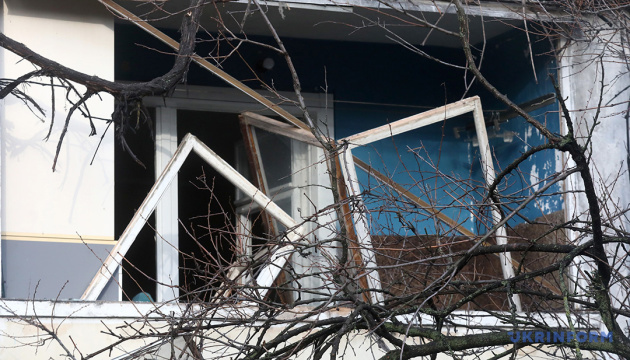



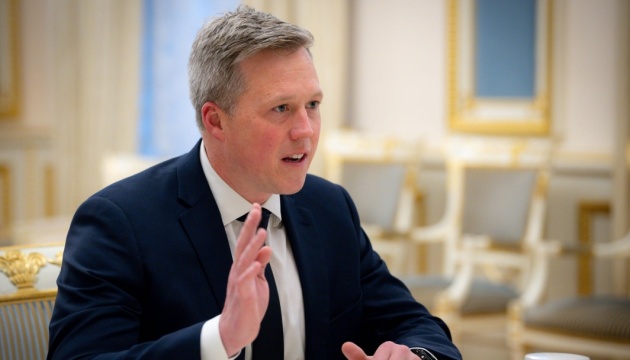

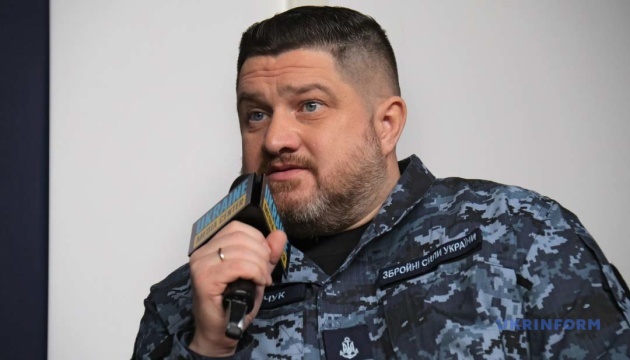







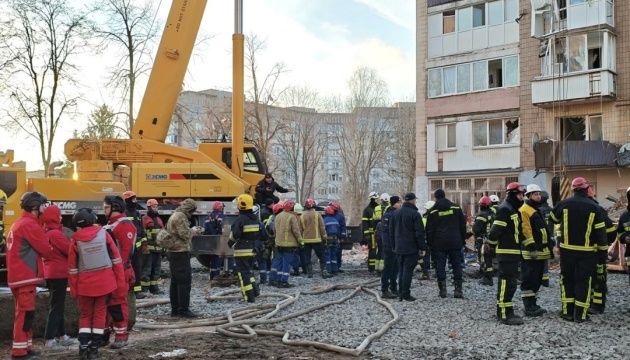

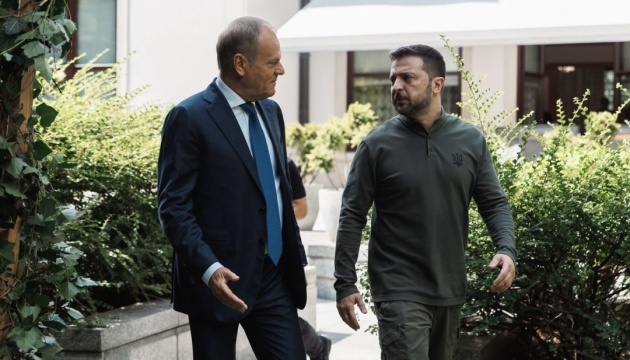

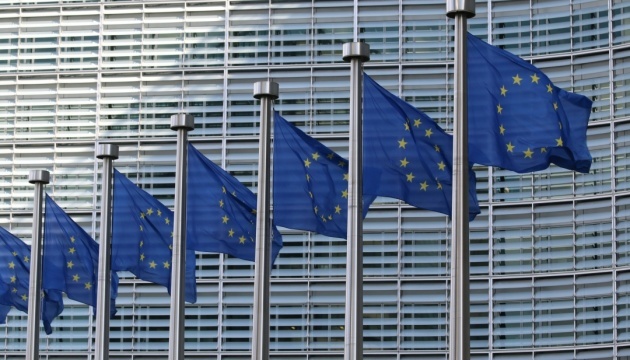



Russia denies the Holodomor was a genocide against Ukrainians. Right now, Russian state media calls it a "hoax invented by the West's propaganda machine". Moscow's official line: it was merely a "tragedy that affected the entire Soviet people."
But the evidence is overwhelming: between 1932 and 1933, Joseph Stalin engineered an artificial famine that killed roughly four million Ukrainians—13% of the population. Declassified KGB documents even reveal exactly how the Soviet Union spent decades covering up the crime.
So what was the Holodomor, and why does Russia still refuse to admit what really happened?
In 2017, Ukraine’s Secret Service declassified files that had been hidden in KGB archives for decades.
The documents revealed a systematic disinformation campaign: pay Western journalists to write favorable articles. “Brainwash” intellectuals before foreign trips. Deploy biased experts to suppress any mention of a Soviet famine. As late as 1988 – fifty-five years after the fact—KGB reports still called truth-telling a “provocative anti-Soviet campaign.”
“The information received by the KGB of the Ukrainian SSR indicates that the enemy’s intelligence services and centers of ideological subversion … will increase their activity in using the defamatory materials they have gathered about the ‘causes of the famine.’”
“The State Security Committee of the republic is carrying out measures aimed at exposing the provocative nature of the anti-Soviet campaign,“ said the 1988 reports.
What were they so desperate to hide?
At its peak, 28,000 people died every day. This wasn’t drought or crop failure; it was deliberate policy.
Stalin’s government confiscated the entire harvest from Ukrainian villages. They seized livestock. They made possession of food a criminal offense – people were shot on the spot for hiding a sack of potatoes. Military checkpoints blockaded starving villages to prevent escape. Meanwhile, trains carried millions of tons of seized Ukrainian grain to Western Europe for export.
The Holodomor killed three times as many people as Auschwitz. But unlike the Holocaust, which the world has spent eight decades documenting, Stalin’s genocide was buried under decades of enforced silence.
The coverup worked. Most of the world knew nothing until Soviet archives opened in the 1990s.
Even today, Russian authorities continue to deny that this crime ever happened.
After the Russian Empire collapsed following its defeat in the war with Japan and other social factors, Ukraine declared its independence.
This period lasted approximately 3–4 years, from 1918 to 1921, after which Ukraine again came under Soviet rule. It was during that time that, in order to isolate the “enemies of Soviet power,” leader of the Bolshevik Revolution of 1917 Vladimir Lenin, and his associates created concentration camps. One of these was located in Kyiv.
Despite the looting, violence, and killings of civilians, the national liberation movement continued. The main force resisting Bolshevik policies were Ukrainian peasants, skilled agricultural workers and property owners. In a single year, they organized 5,000 protests.
It was at that moment that Stalin came up with a horrific idea for how to subdue the regime’s main enemies. Force them to work several times harder, seize the entire harvest, isolate the villages, and set up blockade posts so they could not escape or find food. This led to the slow death of millions of Ukrainians.
The confiscated food was exported to Western countries. Ukrainians were dying, but they were feeding Germany, England, Holland, Denmark, and Poland.

Physical isolation: Stalin and Molotov’s January 1933 directive banned Ukrainians from leaving the Ukrainian SSR and Kuban region—applied to no other Soviet territory. Military troops blockaded “blacklisted” villages. Internal passports were denied to farmers so they couldn’t travel.
Destroying evidence: Soviet authorities systematically confiscated and destroyed photographs. Death certificates couldn’t list “starvation” as cause—officials recorded “typhus,” “exhaustion,” or “old age” instead. Registry books were seized by secret police in 1934.
Silencing resistance: More than 21,000 criminal cases document arrests during 1932-33 for resisting grain confiscation, hiding food, or speaking out. Inside the Soviet Union, any mention of the famine was forbidden as anti-Soviet propaganda.
Manipulating Western press: Foreign correspondents were barred from entering Ukraine in 1933. Some promoted the SOviet narrative. Walter Duranty of The New York Times—who’d just won a 1932 Pulitzer Prize – publicly denied the famine while privately telling a British diplomat in September 1933 that “as many as 10 million” had died. Simultaneously, Stalin exported seized grain abroad, making Ukraine appear to prosper.
The KGB campaign: Declassified documents reveal systematic disinformation: pay Western journalists, suppress academics. As late as 1988, KGB memos called truth-telling “provocative anti-Soviet campaign.”
Most survivors couldn’t speak publicly until the late 1980s.
The best scientific estimate: approximately 4 million Ukrainians starved to death.
But you’ll see figures ranging from 1.8 million to 15 million. Why such variation?
Because Stalin’s coverup worked. Without accurate death records, estimates rely on demographic analysis – comparing expected population levels with actual census data.
The most rigorous study came in 2015 from demographers at the Ukrainian Institute of Demographic and Social Studies and the University of North Carolina-Chapel Hill: 3.9 million direct deaths, plus 0.6 million unborn children. That’s 13.3% of Ukraine’s population wiped out in two years.
Early estimates from the Ukrainian diaspora cited 7-10 million, based on what eyewitnesses saw and reported. Without access to Soviet archives, precise calculation was impossible.
Why accuracy matters: Historian Hennadiy Yefimenko warns that unrealistically high estimates undermine genocide recognition. The number is devastating enough without inflation—and scientifically defensible estimates strengthen the case for recognition.
A Canadian woman got there first. In 1932, journalist Rhea Clyman published dozens of articles in Toronto’s Evening Telegram exposing the famine. Soviet authorities denounced her reports as “completely fabricated” and expelled her from the USSR.
Then her work vanished for 80 years. It wasn’t rediscovered until the 2000s, buried in archives – exactly as Stalin intended.
A year later, Welsh journalist Gareth Jones made it through. He’d been an advisor to British Prime Minister David Lloyd George, which helped him get a Soviet visa. He arranged a trip to industrial Kharkiv but got off the train in Ukrainian villages instead.
“I went through a lot of villages and twelve collective farms. Everywhere I heard crying: “We have no bread. We die!” “Say to England that we will die of the famine.”
“There is hunger almost everywhere. Millions die from it. I travelled for several days in Ukraine, and there was no bread. The children had stomachaches, all the horses and cows were dying, and the people were also dying of hunger. The terror was on an unheard-of scale,” the British journalist recalled.
After witnessing this, he held a press conference in Berlin, where he publicly spoke about the Holodomor in Ukraine for the first time. Jones published dozens of articles about these terrible years.
A few years later, Jones was shot. According to British intelligence, a representative of the Bolshevik International was involved in the murder.
In 2019, Polish director Agnieszka Holland made a movie about the brave British journalist, “Mr. Jones.”
Barely.
Soviet authorities systematically seized and destroyed any visual evidence. Cameras were confiscated. Film was destroyed. Anyone caught photographing the dying risked arrest or worse.
Only a few remarkable individuals, such as Austrian engineer Alexander Wienerberger, managed to secretly snap and preserve such photos.

Wienerberger worked at the Kharkiv Plastmas Plant in 1932 and 1933. This is what he wrote about Russian-made Holodomor in his book:
“Food reserves were searched with bayonets. When the Soviet authorities realized that hungry peasants would flock to the cities in search of food, they stopped selling rail tickets for six months.”
“There were more and more victims. In winter (1933-Ed), bodies of young children, mainly school-aged children, were found in remote places and local wells. Street gangs killed these poor wretches to sell their clothes at the local markets.”
“For months, the cemetery guard had been feeding his pigs with dead bodies. There was great demand for his pork meat.”

When Wienerberger returned to Austria in 1934, he compiled 25 photographs into an album titled Die Hungertragödie in Südrussland 1933 (The Tragedy of Famine in South Russia, 1933). He presented it to Cardinal Theodor Innitzer, who had established an interfaith humanitarian relief committee to aid the starving.
Did the photos convince anyone to help?
Cardinal Innitzer tried. He publicly called for assistance, using Wienerberger’s photographs as evidence of mass death and cannibalism.
Moscow’s response? They denied the famine existed and refused all aid.
But Wienerberger’s album survived. It still sits in the Diocesan Archive in Vienna – physical proof that no amount of Soviet denial could completely erase.
A person slowly died from starvation over a period of several weeks to several months. In addition to weakness, pain, and the gradual failure of organs, there were even more terrifying consequences. Hunger drove people insane.
The most painful pages of the Soviet genocide include over 2,500 criminal cases related to acts of cannibalism, BBC reports. Some, unfortunately, involve cases in which parents ate only their newborn children and then died themselves, as per NV. Many others took their own lives.
“In the Novo-Vasylivka district, there is a trade in the corpses of cats, dogs and the meat of fallen horses by speculative elements among the peasants.
The selling price of a dog is on average 12 rubles, the meat of a fallen horse – 6-8 rubles per kg. In most cases, payment is made in things (rugs, clothes, etc.).” (Dnipropetrovsk regional department, 5 March, 1933).
“On the grounds of famine, 6 cases of cannibalism were noted. There are cases of a father deliberately killing his two children because he had nothing to feed the latter.” (Vinnytsia Regional Department, 9 March).
“Recently, we have noted a significant increase in corpse eating and cannibalism.
Every day I receive 10 or more reports from the districts. In some cases, cannibalism even becomes a habit.” (Kyiv Regional Department, 12 March).
This trauma doesn’t fade. It gets passed from grandparents to grandchildren, embedded in family histories. That’s why even today, Ukrainians can’t look at full grain silos without remembering when Stalin turned abundance into weapon.
Today we live in a very different world: most people try to eat healthily, choose organic products, and go to gyms, viewing diet and physical activity as a matter of choice and comfort.
Back then, during the Holodomor, the choice was simply whether or not to survive.
Pinecone and needle soup, bread made from mashed grass, and pancakes from tree bark. These were the daily meals of Ukrainian peasants during the artificial famine imposed by the Soviet Union in 1932–1933.
Students of the Ukrainian Leadership Academy launched an online “restaurant,” showcasing survival “recipes.”
A few examples:
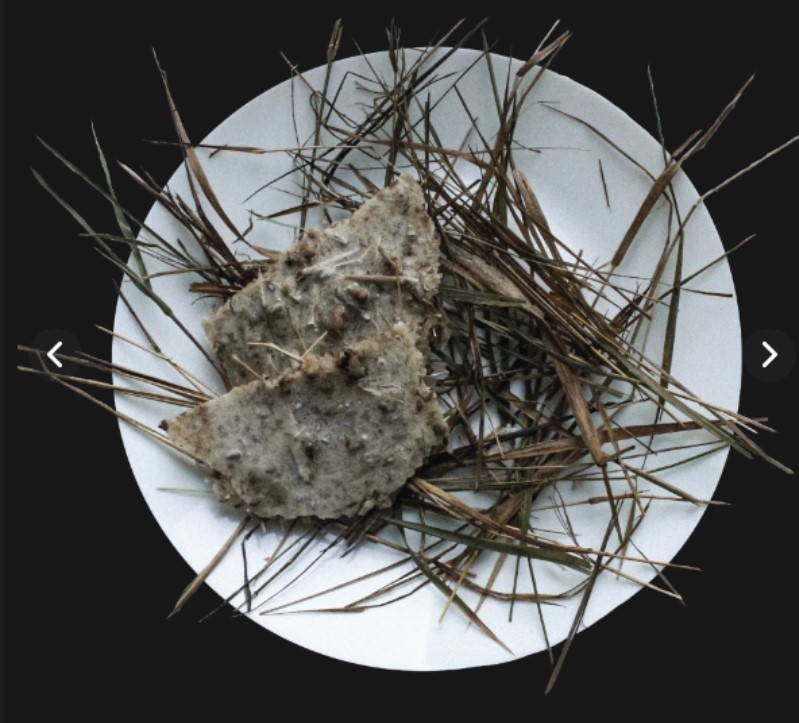
With meals like these, a person could survive for a few weeks to a few months, but long-term survival without serious health problems was impossible.
The body would suffer from vitamin deficiencies, metabolic disorders, weakened immunity, digestive issues, and exhaustion. Without proper, balanced nutrition, it is impossible to sustain life for more than 3–6 months.
The horror of the Holodomor is not only in statistics, but in the voices of those who lived it.
Anna Slobodian remembers: “People supported each other. They helped each other.”
Meanwhile, fields were guarded. Potato and beet crops were left unharvested.
“They watched over the fields, driving people away, shooting over their heads… and that’s how the harvest rotted.”
“We cried every day because we were hungry. We had huge bellies already. There was nothing else to think about,” Anna says.
Vasylina Yarovenko recalls:
“They took away grain… everything. They left nothing in the house. On the wide long street at the edge of our village, there used to be many children — and those children were dying, one after another, one after another.”
She describes how she scraped the insides of corn cobs into tiny pieces and cooked them on the stove, amid survival in its most desperate form.
Hryhoriy Shykyriavyi was six years old in 1933:
“Our street was a passage used to bring the dead to the cemetery. I went out and saw how one person led the horses with a dray with only two people walking behind, and no one around.”
His father risked execution under the “Five Ears of Grain Law” to collect leftover grain from fields:
“I look, and there is a newly-dug grave, so I hid the grain there. No one will be searching for it there,” he recalls.
Tamara Konoshchuk remembers the mass burials:
“There was no one to dig graves, all of the people were too weak… So one large pit was dug and all the dead were brought on wheelbarrows, wrapped in linens or in rags, because there were no coffins… Into one large pit, no one knows how many bodies were thrown into it.”
Mariia Tilna tells the story of a woman called Sekreta:
“She had four little children. She went to cut wheat, was caught, and sentenced. She died in prison.”
Mariia adds that those who ate too much suddenly — they died. One extreme was even worse.
“One old woman… she ate her own child. It happened in 1933. It stays with you forever. Forever burned into your memory,” she said.
These aren’t statistics. These are the voices Stalin tried to silence forever. They survived to bear witness.
Russia says no. Moscow’s official line: it was a tragedy that affected “the entire Soviet people.”
But the evidence tells a different story.
The UN Genocide Convention defines genocide as “acts committed with intent to destroy, in whole or in part, a national, ethnical, racial or religious group.”
Did Stalin specifically target Ukrainians?
Yes. The policies applied in Ukraine were exceptional. Stalin didn’t just impose harsh collectivization everywhere—he deployed special measures specifically against Ukrainians: sealing borders so people couldn’t escape, confiscating not just grain but ALL food from homes, imposing exceptionally high penalties, and blockading villages with military checkpoints.
What about other regions that suffered famine?
Critics point to deaths outside Ukraine’s borders. But ethnographic maps from the 1930s reveal those regions—like the Kuban—were heavily populated by ethnic Ukrainians. Stalin knew exactly who he was killing.
And it wasn’t just about food. Simultaneously, Stalin imprisoned Ukrainian intellectuals, writers, artists, and political leaders. This wasn’t targeting a social class (peasants)—it was destroying a nation. Combined, these 1932-1933 policies killed 15% of all Ukrainians.
Raphael Lemkin, the Jewish lawyer who coined the term “genocide” after the Holocaust, called the Holodomor a “classic example of Soviet genocide”—the longest and widest attempt to Russify and destroy the Ukrainian nation.
Today, roughly 35 countries recognize the Holodomor as genocide.
Russia still refuses. The same pattern repeats today: deny the crime, rewrite the history, blame the victims.
The Soviet leaders who engineered the Holodomor were never held accountable. Stalin and his inner circle escaped justice – and that impunity enables Russia’s war today.
Because when genocide goes unpunished, the pattern repeats.
Putin explicitly calls Ukraine “not a real nation” and Ukrainians “lesser Russians” – the same colonial mindset that enabled Stalin to starve 4 million. When a government believes your nation doesn’t truly exist, genocide becomes thinkable.
The methods persist too. Nearly 90% of Ukrainian prisoners returning from Russian captivity are severely malnourished. “Hunger did strange things to us,” recalls former POW Dmytro. “Inside, it spun so that it felt like we could fall to our knees for a crumb.”
Even the denial playbook is identical. Moscow denied the Holodomor for 90 years. After the 2014 invasion, Russian state media escalated dramatically, now calling it a “hoax”—the same propaganda machine denying Bucha and Mariupol.
In occupied territories of Ukraine, denial has escalated to active suppression: Russian forces destroyed Holodomor memorials and now threaten anyone who lights candles on memorial day. They’re not just rewriting history, but erasing it in real time.
And now the proposed US “peace plan” offers Putin the same escape: avoid accountability, keep seized territory, legitimize conquest. Sound familiar? If Stalin faced no consequences for killing 4 million Ukrainians, why should Putin face consequences for killing thousands?
That’s what recognition means. Not acknowledging history for its own sake, but breaking the cycle of impunity.
Every country that refuses to call the Holodomor genocide signals that mass murder of Ukrainians has no consequences. And that permission structure is what enables the war happening right now.
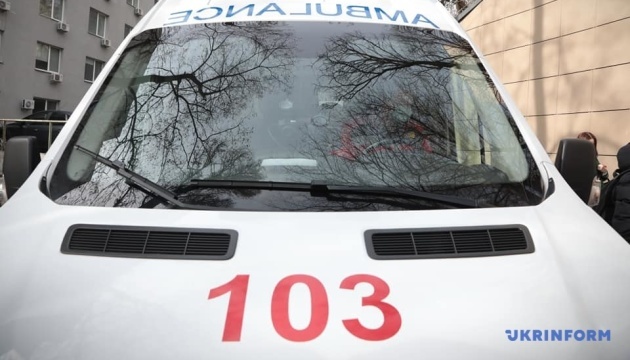



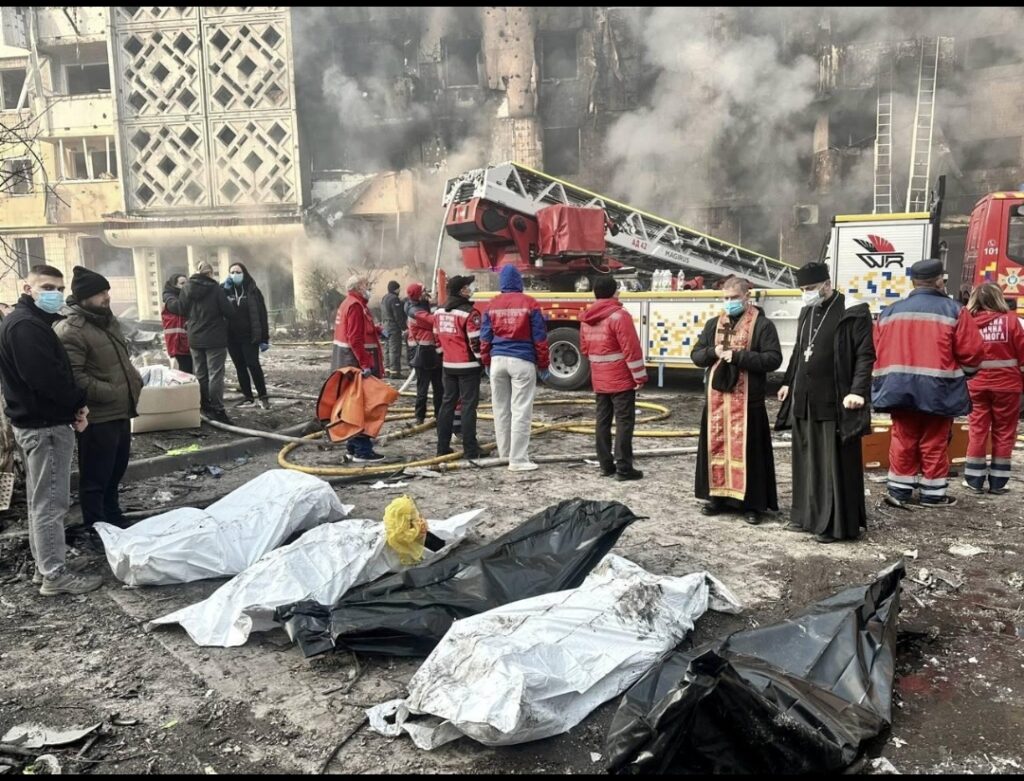

Rescue workers in Ternopil discovered another victim on Saturday afternoon, bringing the total number of fatalities from Russia's November 19 strike to 33, according to Ukraine's State Emergency Service.
In Ternopil, search and rescue operations continue for the fourth day. On 22 November, around 16:00, rescuers found the body of a woman. The number of dead has risen to 33, the agency stated.
The strike hit an industrial facility and two residential buildings in the Soniachny district during the night of 19 November. Ukraine's Air Force confirmed that Russian Kh-101 cruise missiles launched from strategic bombers struck the apartment blocks. Six Tu-95MS aircraft took off from Olenya airbase and four Tu-160MS bombers from Engels and Ukrainka airbases. The missiles were fired from Russia's Vologda and Astrakhan regions.
As of 3:00 am on 22November, before Saturday's discovery, 32 people had been killed and 94 injured, including 18 children. Thirteen people remained missing.
Among the dead was a pharmacist and her two young children. One resident who helped rescue efforts reportedly doused himself with water and entered the flames to save people trapped in the burning building.
Search and rescue operations are now in their fourth day.
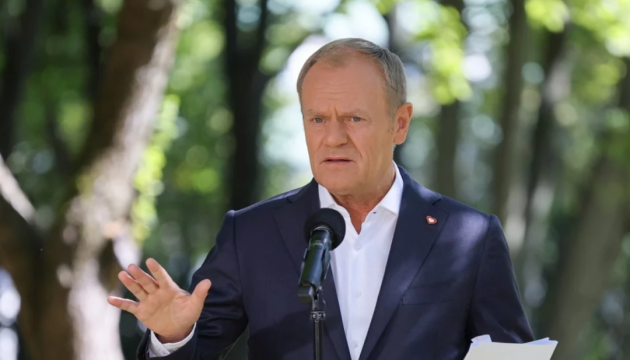

Polish Prime Minister Donald Tusk stated that Russia cannot dictate terms to Ukraine and Europe, while the US peace proposal requires joint work. He wrote this on social media platform X following a phone conversation with Ukrainian President Volodymyr Zelenskyy, reports European Pravda.
"It requires joint work. Russia cannot impose its conditions on Ukraine and Europe. Everything that concerns Poland must be agreed with the Polish government," Tusk wrote.
According to him, Zelenskyy presented his position on the US peace proposal during the conversation. The Polish premier had previously expressed surprise at provisions mentioning his country in the 28-point US "peace plan," in whose preparation Warsaw did not participate.
Zelenskyy confirmed the conversation with Tusk in his social media post and spoke about coordinating actions with partners.
"I shared details of our diplomatic work with the US and Europe. It is important for us that all partners who have been with us since the very beginning of this war are informed about the situation. We are coordinating to ensure Europe is included in the process," the Ukrainian president wrote.
He thanked the Polish prime minister and the Polish people for their support: "We know that we can always count on Poland, and we greatly appreciate this."
The mention of Poland in the 28-point plan, as leaked to the media, includes point 9 about the possible deployment of European fighter jets in the country. Poland is also mentioned in the draft supplementary document on security guarantees for Ukraine in connection with its participation in the "coalition of the willing."
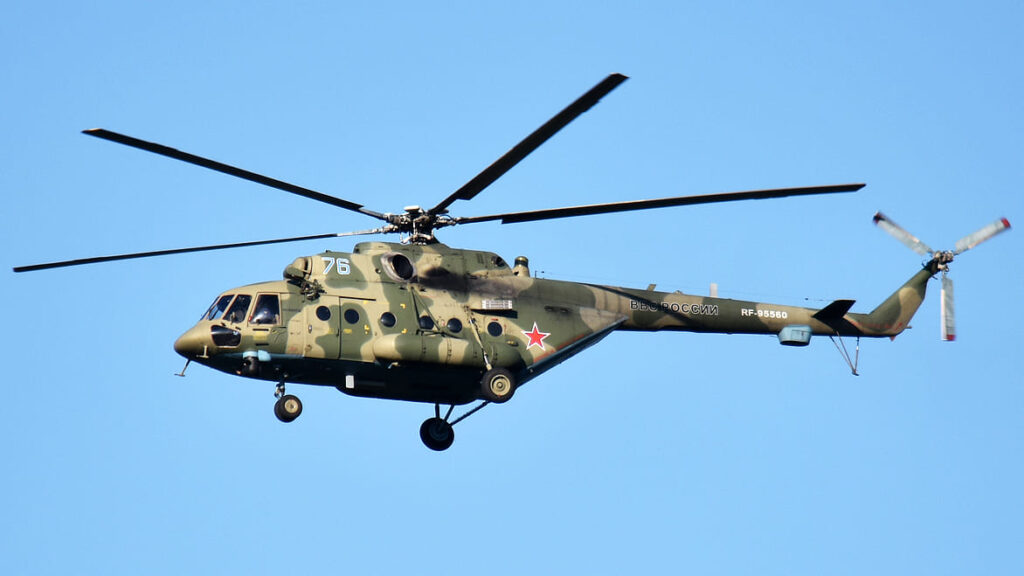

Ukrainian Special Operations Forces have downed a Russian Mi-8 helicopter using a long-range FPV drone, the SSO reported.
The strike occurred over the village of Kuteynikove in Russia's Rostov Oblast. The helicopter was hit by an FP-1 long-range drone, according to the military.
"This mission left the enemy with many questions, the answers to which only the Mi-8 crew members know, but they won't tell," the SSO stated.
According to the General Staff of the Armed Forces of Ukraine, as of 22 November, Russia has lost 347 helicopters and 428 aircraft since the start of the full-scale invasion.
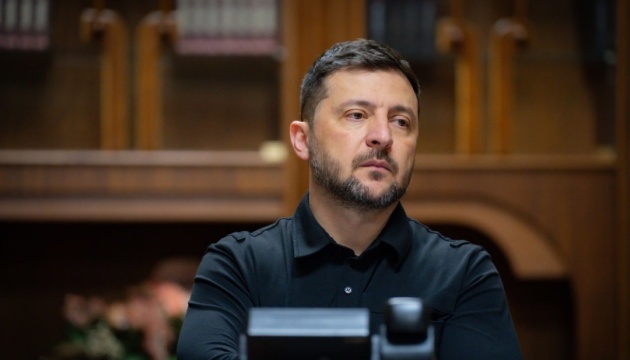



© PA Wire

Prime Minister Keir Starmer stumbled over his own feet as he arrived to meet with senior business leaders in Johannesburg ahead of the G20 summit on Friday (21 November).

© PA
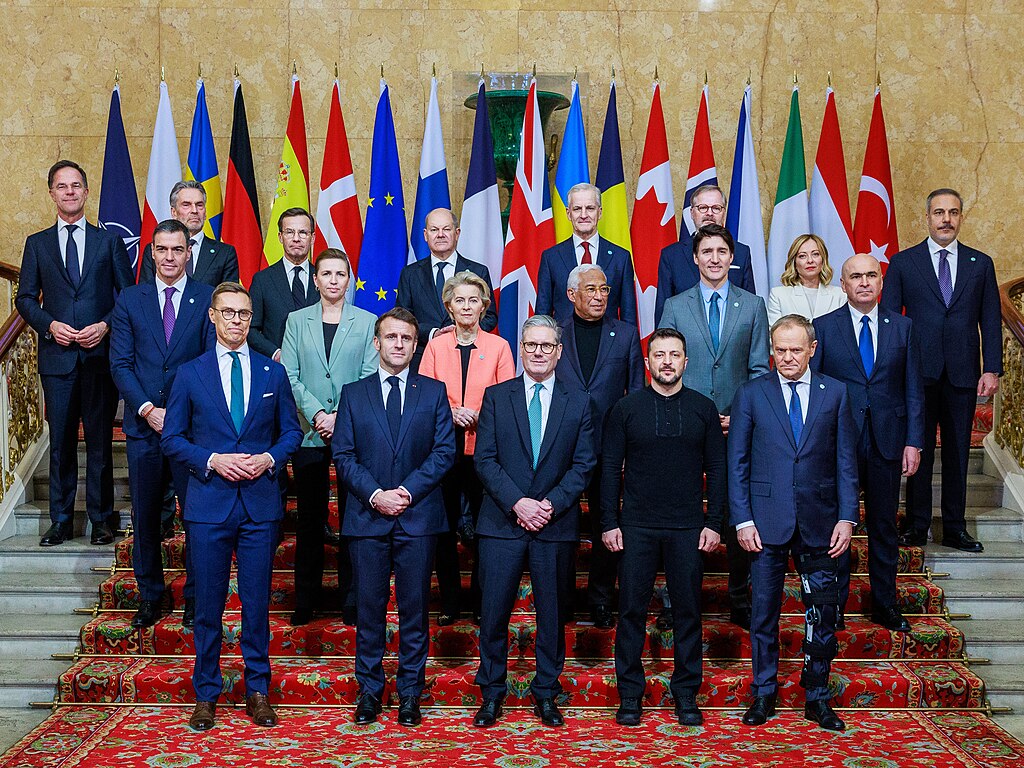

European Council President António Costa has convened a special meeting of all 27 EU leaders on Ukraine for 24 November on the sidelines of the EU-African Union Summit in Luanda, Angola.
Costa announced the meeting following discussions on Ukraine at the G20 summit. "The American draft of the 28-point plan includes important elements that will be crucial for a just and lasting peace. We are ready to do our part to ensure the sustainability of the future world," Costa wrote on X.
"The work continues. I have invited all 27 EU leaders to a special meeting on Ukraine at the EU-AU summit in Luanda on Monday," he added.
The announcement follows a joint statement by leaders of European states and institutions, along with prime ministers of Britain, Canada, Japan, and Norway, indicating that the US draft peace plan requires further development. The statement expressed concern over "the proposed limitations on Ukraine's armed forces, which would leave Ukraine vulnerable to future attack," reports NBC News.
The 28-point framework suggests that Russia could be granted more territory than it holds, limits placed on Ukraine's army, and Kyiv prevented from ever joining NATO, according to NBC News. President Donald Trump has set Thanksgiving as the deadline for Ukraine to agree to the framework, the outlet reports.
Rustem Umerov, secretary of Ukraine's National Security and Defence Council, announced on 22 Nobember that Kyiv will hold consultations with the United States in Switzerland regarding the cessation of the war.
"Top Ukrainian and US officials will meet in Switzerland to discuss 'possible parameters of a future peace,'" NBC News reports, citing Umerov's Telegram post.
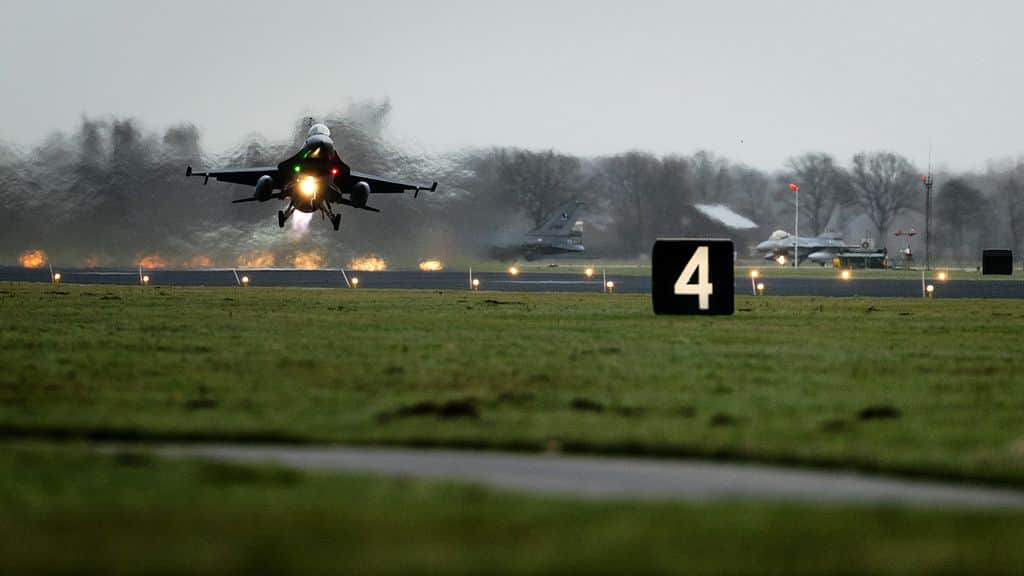

The Dutch Ministry of Defense detected several unidentified drones over Volkel Air Base on the evening of 21 November, according to a statement by the department reported by European Pravda.
The ministry took action Friday evening when multiple drones were spotted over the air base between 7:00 PM and 9:00 pm. Air Force personnel deployed ground-based weapons to shoot them down. The drones disappeared and were not located afterward.
Following the incident, both the Royal Netherlands Security Service and police were notified and are now conducting further investigations.
The defense ministry stated that the purpose of the drone flights over and around the air bases remains unclear.
"For security reasons, the Ministry of Defense does not provide additional information about how the drones were detected and what measures were taken," according to the statement.
The department noted that drone use near airports is prohibited due to flight safety risks. "At military bases and facilities, operational security is also a concern," the ministry reminded.
Reports of suspicious drones disrupting airport operations have become increasingly frequent across European countries in recent months. On 15 November, a drone flew near Vilnius Airport, and its owner was detained. On the morning of 7 November, the airport in the Belgian city of Liège suspended operations due to an unknown drone.


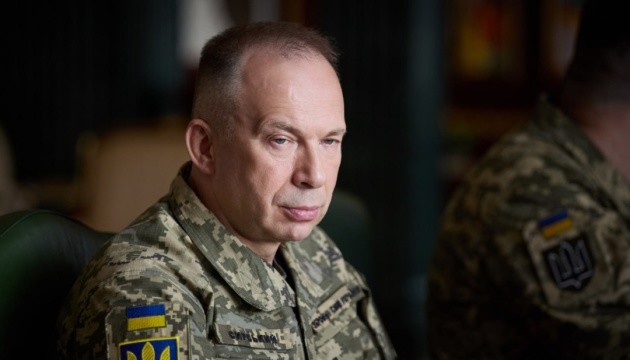

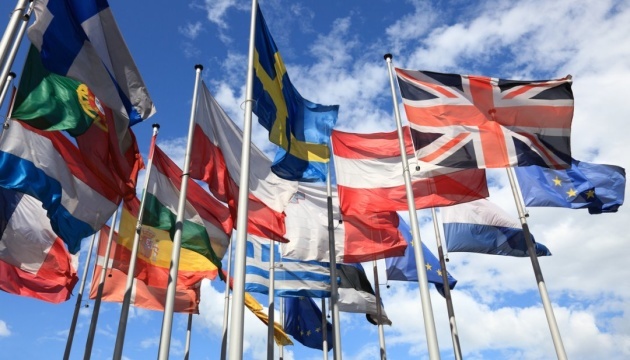





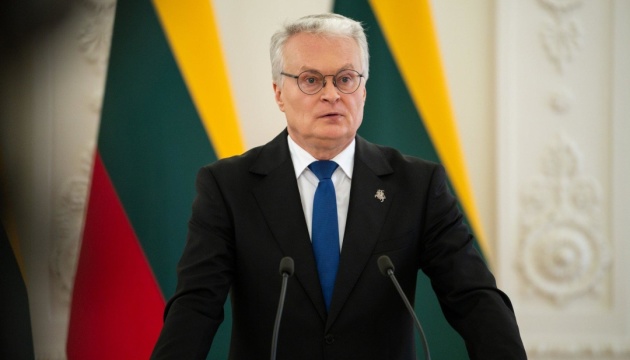



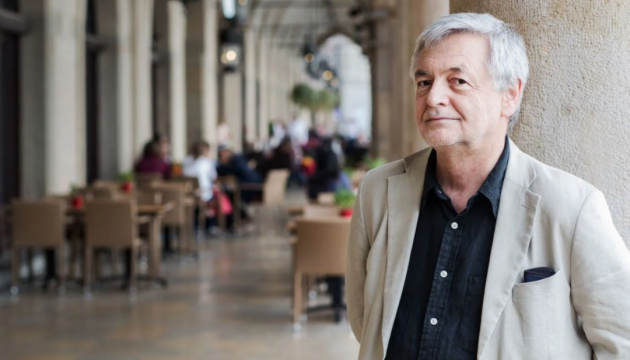





A dramatic photo of a Ukrainian air force Lockheed Martin F-16 fighter hauling a heavy load of missiles, bombs and electronic warfare equipment into battle somewhere over Ukraine is a stark reminder of what Kyiv's force's could lose as the latest ultimatum from the White House looms.
The single-engine, supersonic F-16—one of around 90 that a consortium of Belgium, Denmark, the Netherlands, and Norway has pledged to Ukraine—can be seen with AIM-9 infrared-guided air-to-air missiles, AIM-120 radar-guided air-to-air missiles, GBU-39 precision glide bombs, and, most strikingly, an AN/ALQ-131 jamming pod.
Ukrainian Air Force F-16AM Fighting Falcon on a ground strike mission.
— OSINTtechnical (@Osinttechnical) November 20, 2025
Under its wings, 8x individually targetable GBU-39 SDB glide bombs, 2x AIM-9L sidewinders, and 2x AIM-120C AMRAAMs. pic.twitter.com/8OY57gdYcf
Ukraine's surviving F-16s—four have been lost—can do a lot of things. Shoot down Russian missiles and drones and bomb Russian troops. But they're also the Ukrainian air force's best electronic protection.
With their AN/ALQ-131 pods and other electronic warfare kit, the F-16s can detect and jam Russian radars—not only protecting themselves from Russian air defenses, but also extending that protection over nearby Ukrainian jets that don't have similar E.W. equipment. In particular, Ukraine's ex-Soviet MiGs and Sukhois routinely fly with no protection at all.
It's not for no reason that the Ukrainian air force began organizing complex strike packages mixing Soviet- and Western-designed warplanes only after the first F-16s arrived in August 2024, followed a few months later by the first ex-French Dassault Mirage 2000s, which also carry jamming gear.
"Sometimes when we arrive, there are already F-16s waiting there, or sometimes Mirages," a Ukrainian fighter pilot said in an official video from March. The F-16s and Mirages "either cover the whole package that is sent there to [strike] our enemies, or also strike [themselves]," the pilot said.
The F-16s' AN/ALQ-131 in particular can "give you a pocket of air superiority for a moment’s time to achieve an objective that has strategic importance and impact," a US Air Force official explained.
But there's a catch. The AN/ALQ-131 pods, which emit powerful radio signals to scramble the enemy's own signals, require constant reprogramming. When the Russians change their frequencies, the Ukrainians must also change their own frequencies. It's a non-stop electronic race.
That reprogramming is a highly specialized task. And unless something has changed recently, it's a task that the US Air Force performs on behalf of the Ukrainian Air Force. Working with data provided by Denmark and Norway, and staging some of its members in Europe, the Florida-based 68th Electronic Warfare Squadron handles the reprogramming.
"This is not our standard operating procedure," the USAF official said. And it's not clear whether the Ukrainian air force or some allied European air force can take over.
So when the administration of US Pres. Donald Trump and the regime of Russian Pres. Vladimir Putin secretly negotiated a so-called "peace deal" to end Russia's 45-month wider war on Ukraine, it imperiled the F-16s' unique jamming capability. The White House has threatened to withhold further US assistance to Ukraine unless Kyiv accepts the deal, which would hand Russia large swathes of Ukraine without safeguarding Ukraine's future security.
Zelenskyy has already rejected the deal, while also offering to negotiate a more equitable peace. It's not yet clear what happens next. But another suspension of US aid to Ukraine is possible—and it may be more lasting than the previous suspension early this year.
Any interruption in US assistance could hamstring the Ukrainian air force's best aerial jammers, its F-16s. The Mirages could take over, but there are just a handful of the ex-French jets in Ukraine after one crashed in July.



Trump’s America is falling into autocracy and advocates for Russian victory in Ukraine – it’s time the West saw this and dealt with it. Sam Kiley, world affairs editor, explains how

© Reuters
